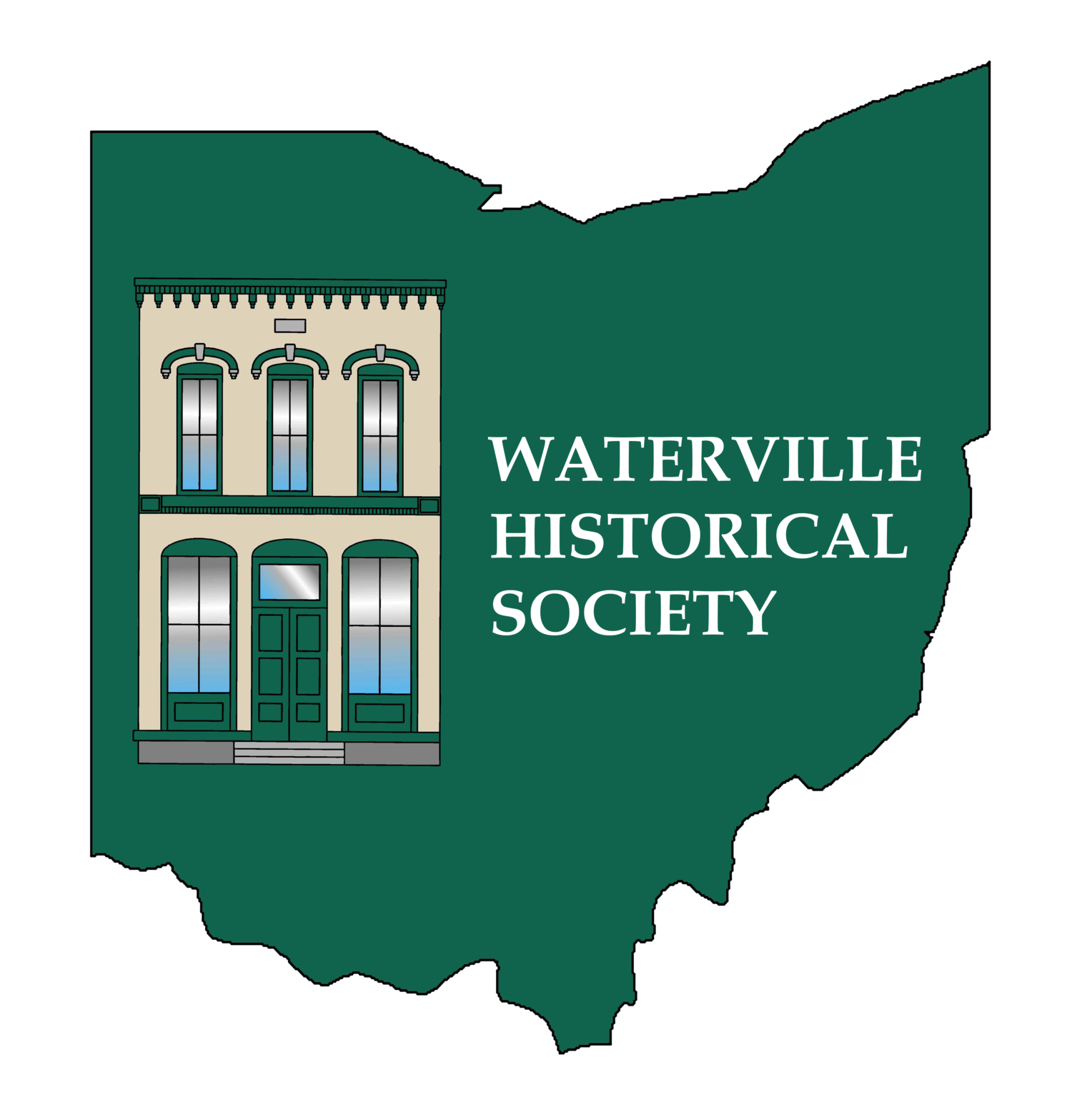Historian Phyllis Witzler
Phylllis Witzler
Born in Connecticut and raised in Perrysburg, Phyllis Russell received a journalism degree from Ohio University in 1952, and married her high school sweetheart Jim Witzler after graduation. The following years were filled with children and secretarial/journalist jobs while husband Jim was in the military and medical school. In 1960 his medical practice brought them to Waterville. He passed away in 1972 at the age of 41.
In the following year, Phyllis took over the authorship of the “Around Waterville” column for the Anthony Wayne Standard, and subsequently became editor of the paper in May of 1974. As part of her position, she wrote editorials under “Thinking Out Loud,” and other feature stories, taking the accompanying photos. She published many historical photos and articles written by others, including the Waterville Mothers’ Club supplement to the “Waterville Story” first published in 1956 and reissued in 1975. In 1977, she married brother-in-law Earl Witzler and retired from the newspaper.
Joining the Waterville Historical Society in 1986, Mrs. Witzler served as docent, did publicity and became president for two terms 1990 and 1991, then stayed active, writing the newsletters from 1995 to 1999.
An oral history project with a student from the University of Toledo which began in 1987 led to a series of interviews with longtime local residents who spoke eloquently of their childhoods and lives in this area. Many are now deceased so the resulting book, I Remember When.. is now the more valuable for its resources.
She has written many feature stories for the “Bend of the River” magazine, from 1990 to the present, about Waterville history and WHS. As current Historian, she compiled numerous scrapbooks for the Historical Society’s Archives, on topics ranging from bills for goods and services, to local family histories, to Mena’s Meanderings article, to Waterville bridges and compiled photos and text for 1998 and 2000 WHS calendars.
In 1994, she provided assistance to Dr. Diane Britton and her history students at the University of Toledo with research, photos and printing of A History of the Columbian House; also to Verna Rose with research and editing Memorial Profiles in 1998, as well as with research and writing of 2001 Ohio Historical Society historical marker at Roche de Boeuf and the 2003 Bicentennial Historical marker in Pray Park and the marker for Wakeman Hall and Waterville Historical Society 2014. She continues to write articles for the WHS website and “Canal Post,” press releases and photography for WHS publicity and to record WHS events for posterity. She continues to volunteer at the Wakeman Archival Center.

